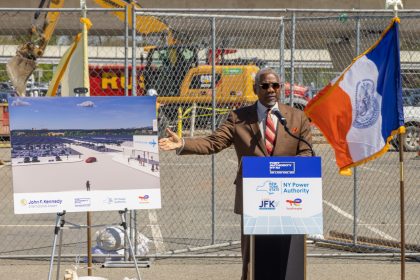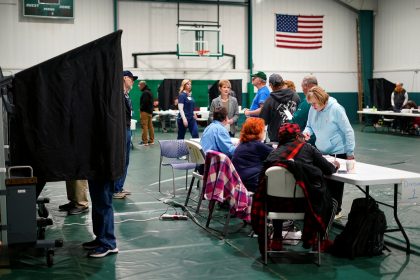Affordable Housing in Danger in the Lone Star State

AUSTIN, Texas — Texas has long been an attractive hotspot for individuals fleeing their states in search of low taxes and affordable housing. But the state’s reputation as an economical place to live might be in danger as cost-of-living expenses increase while wages stagnate in its largest metropolitan areas.
There are only 29 affordable and available homes for every 100 extremely low-income renter households in Texas, according to the National Low Income Housing Coalition. Further, the state’s capitol of Austin tied the country’s worst score with only 14 affordable and available homes per every 100 extremely low-income renter households.
Residents of the San Antonio-area make 10% less than the average American worker, according to the U.S. Bureau of Labor, however, median rent costs in the city rose from $860 to $1,002, or 16.5%, between 2008 and 2018, according to census data compiled by the company Apartment List. This increase was larger than that of the New York City area and nearly on-par with Los Angeles.
Roughly 18 million of the state’s 29 million residents live in the “Texas Triangle” made up of the Houston, Dallas-Fort Worth, Austin and San Antonio metropolitan areas. Since 2010, about 85% of new population growth has been concentrated in these areas, according to analysis by Rice University’s Kinder Institute for Urban Research.
Another negative factor hindering home affordability is the increasing ratio of housing price to income in large metropolitan areas. The traditional 3:1 ratio between home price and income has risen from 3.5:1 to 4:1 and higher nationwide in the past decade.
“Housing is far more affordable in Texas than it is California or Illinois or New York or some of these other states that people are fleeing from,” Texas Gov. Greg Abbott said in a Jan. 2020 address to the Rotary Club of San Antonio. “But that affordability issue is now beginning to bite Texas. One thing that is driving up the cost of housing and the cost of living is skyrocketing property taxes — skyrocketing property taxes that are beginning to force people out of homes they’ve lived in for virtually their entire lives.”
Abbott signed off on a property tax reform bill in June 2019, requiring voter approval before cities and counties can raise property tax revenues by more than 3.5% from the previous year. But experts warn this move only addresses part of the problem and ignores the main culprit behind rising housing prices: development restrictions in urban areas.
Development in cities like Dallas and Austin is restricted by municipal zoning code regulations like minimum lot size in suburban areas. Large-lot zoning practices hinder density and even modest minimum lot sizes in commuter-oriented suburbs are less dense than they should be, according to a report by Nolan Gray and Salim Furth for the Mercatus Center at George Mason University.
“Our findings suggest that even moderate lot size minimums in rapidly growing Texas suburbs constrain density,” the text of the report read. “Market outcomes are consistent with strong demand for single-family detached housing units built on lots of 5,000 to 7,000 square feet, a lot size rarely allowed by local zoning laws.”
These laws can often mandate homogeneously sized home lots in areas where otherwise there would be a range of lot sizes. These zoning regulations may only persist as a means of maximizing net revenue of development, or as a way to offer regulatory relief as a “bargaining chip” to housing developers.
Consequently, Texas’ emerging affordable housing crisis is concentrated in its large metropolitan areas — primarily within the Texas Triangle. Texas’ homeownership rate of 62% lags behind the national average of 64%, according to the Kinder Institute’s analysis.
“The broad distribution of unconstrained lot sizes suggests that even in a homogeneous suburban context, there is demand for a wide range of lot sizes,” the text of the report read. “In no city did we note a tight concentration of lot sizes that was unrelated to a regulatory constraint. Uniformity of lot size occurs only where minimum-lot-size regulations bind.”






















